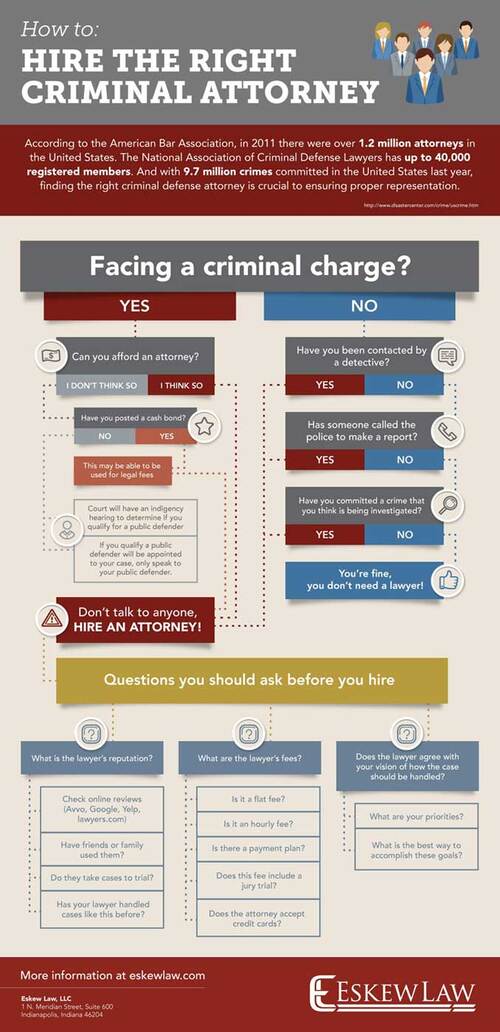A Thorough Guide To The Criminal Test: Step-By-Step Insights Right Into The Refine
A Thorough Guide To The Criminal Test: Step-By-Step Insights Right Into The Refine
Blog Article
Composed By-Lyons Schmitt
When you enter a criminal trial, you could be surprised by the structured procedure that unravels. All of it starts with jury selection, where potential jurors are scrutinized for prejudices via an approach called "voir dire." After that, both sides provide their opening declarations, setting the stage for the proof and testimonies to comply with. You'll see how the prosecution and defense construct their cases, however what happens next can significantly influence the end result. Recognizing these phases can disclose the complexities of justice, yet there's more to discover concerning the defining moments that comply with.
Jury Option Refine
When it concerns the court option process, you're diving right into an important stage of a criminal test. This procedure, commonly called "voir dire," includes doubting possible jurors to guarantee they're objective and efficient in supplying a fair verdict.
You'll see both the prosecution and defense attorneys taking part actively, each aiming to pick jurors who align with their situation's narrative.
During voir dire, you'll discover that attorneys ask inquiries regarding jurors' backgrounds, beliefs, and experiences. Their objective is to recognize any kind of pre-existing prejudices that could affect a juror's choice. As a juror, you may feel a mix of nervousness and inquisitiveness, but your sincerity is necessary.
After examining, lawyers can test particular jurors for reason if they believe a juror can't stay objective. They can additionally use a limited number of peremptory obstacles to reject jurors without specifying a reason.
Trial Phases Explained
The phases of a criminal trial play an essential role in making sure a fair and structured procedure.
You'll initially experience the opening declarations, where both the prosecution and defense detail their instances. This establishes the stage wherefore's ahead.
Next, the prosecution offers its proof and witnesses, intending to verify the offender's shame past a practical doubt. You'll see straight evaluation followed by interrogation, enabling both sides to test the here and now info.
After the prosecution relaxes its instance, it's the protection's turn. They'll offer their evidence and witnesses, typically focusing on creating sensible question. You'll observe that the protection does not have to prove virtue; they simply require to challenge the prosecution's situation.
Once both sides have provided their arguments, you'll hear closing statements, where each event summarizes their instance. This is important as it enhances their positions prior to the court ponders.
Throughout these phases, the judge ensures that the test adheres to lawful standards which the rights of both celebrations are shielded.
Understanding these phases will aid you value the intricacies involved in a criminal test and the significance of each step in the quest of justice.
Judgment and Punishing
Nevertheless proof has been presented and disagreements made, the jury or court provides a verdict, identifying the offender's sense of guilt or innocence. If you become part of the jury, you'll mull over with your other jurors, discussing the proof and your perceptions. This procedure can require time, as you'll wish to ensure every person settles on the judgment based on the realities.
As soon as a decision is gotten to, it's introduced in court. If visit the next website is condemned, the following phase is sentencing. This is when the court makes a decision the appropriate penalty. You might notice that different aspects affect the sentence, such as the intensity of the crime, the accused's past document, and any kind of mitigating circumstances.
The court may enforce a variety of sentences, from fines and community service to jail time. Often, the protection or prosecution can offer arguments concerning sentencing, attempting to guide the court's decision.
If the defendant is found not guilty, they're acquitted, and no punishment follows. Bear in mind that a guilty verdict can usually bring about appeals, where the accused may challenge the verdict or the sentence imposed.
Verdict
In a criminal trial, you've seen how crucial each action is, from jury choice to the last decision. You have actually followed the prosecution and protection as they develop their cases, aiming to persuade the jury. Once deliberation finishes up, the verdict figures out the outcome, and if the defendant is found guilty, the sentencing phase begins. Understanding these procedures helps you appreciate the intricacies of the justice system and the significance of each role in ensuring a reasonable trial.
